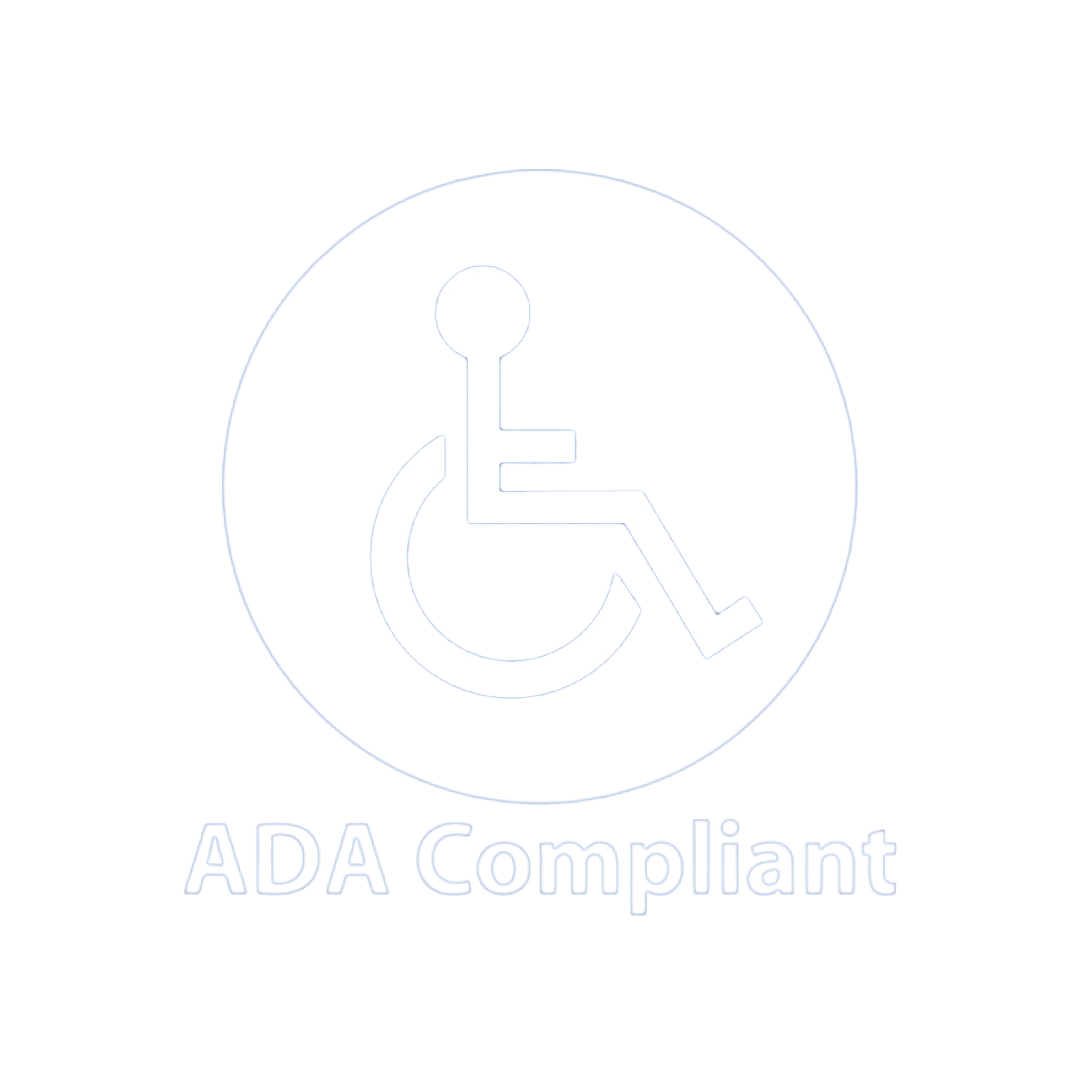The ADA or American’s with Disability Act was developed in 1990 to ensure that people with disabilities have the same opportunities as everyone else. Originally, the ADA addressed “places of public accommodation,” i.e. access in and around buildings and businesses. Fast forward 30 years and those “places of public accommodation” now include removing barriers within website designs that create unnecessary barriers for people with disabilities. Is your website ADA compliant? How do you know?
This blog is for educational purposes only. A list of resources at the end of this blog can further help you learn to identify and address common website barriers. You can also visit ada.gov for more detailed information.
It is important to understand that websites are not seen and accessed in the same way by everyone. Website accessibility under Title II of the ADA states, “accessible website design recognizes these differences and does not require people to see, hear, or use a standard mouse in order to access the information and services provided,” (https://www.ada.gov/pcatoolkit/chap5toolkit.htm)
This a relatively small sample of common problems with website design, but think hearing, vision, and physical capacities when attempting to identify barriers and accessibility issues for your website. For example:
- Avoid dictating colors and font settings, allowing individuals the ability to view website content in size and color that fits their needs.
- Provide text equivalent HTML for photos and images, allowing users to see or view them in text format, increasing their user experience.
- Multimedia or other video content should include features in the form of text or captions synchronized with the video so that the multimedia message is accessible.
- Finally, navigating a website should be manageable without the use of a mouse.
Besides the obvious that making your website ADA compliant is required by law, in doing so, you are improving access for one of the 61 million adults in the US that are living with a disability (cdc.gov), making a difference in their lives.
Following are a few of the many resources available to assist state and local governments in making their websites accessible:
|
https://www.ada.gov/pcatoolkit/chap5toolkit.htm
Contact us if you need help making your website ADA compliant.



